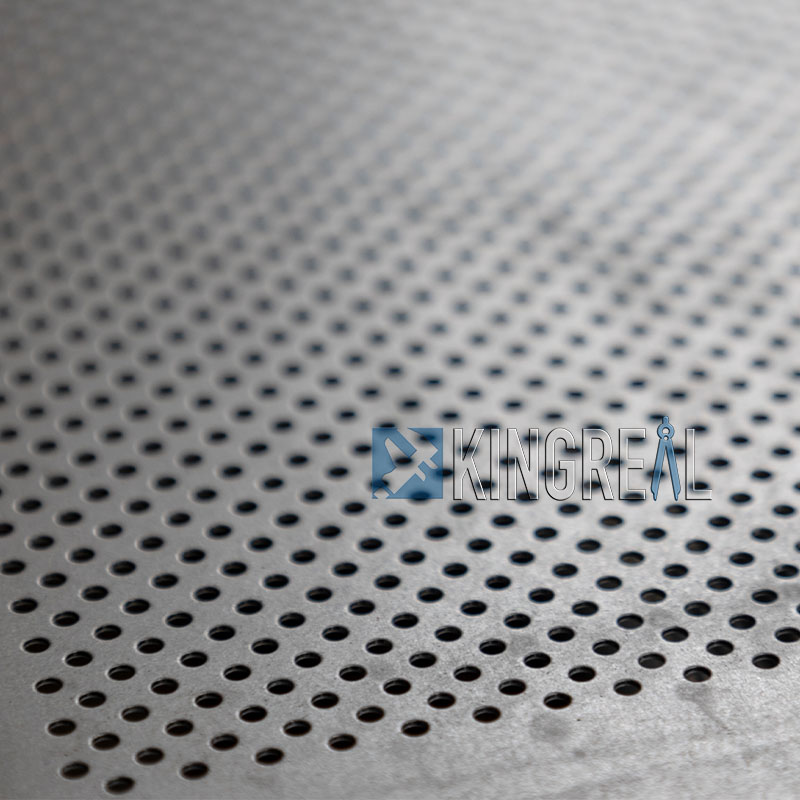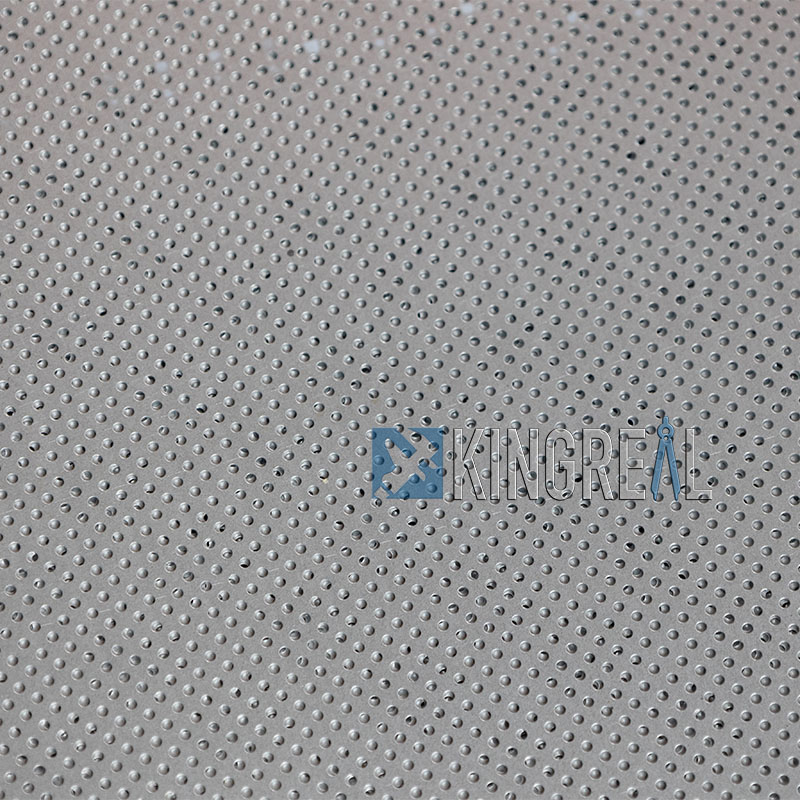
How many types of punching machines are there?
2024-10-28 17:23Video About perforated sheet machine
A perforated punching machine is a common stamping press, a processing machine that stamps metal sheets. It has a fixed base and a sliding upper base. It is also called a metal punch press or a perforated metal machine. Punches are generally used in conjunction with molds.
Perforated punching machines are commonly divided into three types based on the driving force: mechanical metal punch press, hydraulic metal punch press, and pneumatic metal punch press. The following is a detailed introduction:
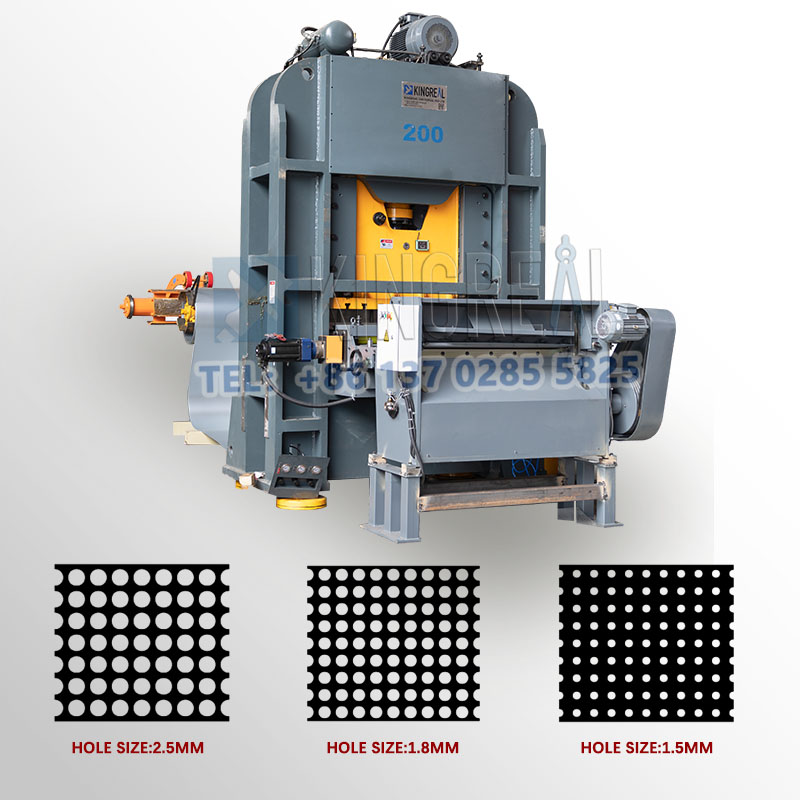
1. Mechanical metal punch press
The design principle of the mechanical metal punch press is to convert circular motion into linear motion. The main motor drives the flywheel, which drives the gears, crankshaft (or eccentric gear), connecting rod, etc. through the clutch to achieve the linear motion of the slider. The motion from the main motor to the connecting rod is circular motion.
Advantages:
1. High speed and high precision: The processing speed of the mechanical perforated punching machine can reach more than 400 times per minute, and the processing precision is high, which can meet the needs of various metal processing.
2. Low noise: Compared with other types of perforated punching machine, the noise of the mechanical perforated punching machine is very small, which can ensure a quiet environment in the production workshop.
3. Simple operation: The operation of the mechanical perforated punching machine is relatively simple, and only simple manual operation is required to achieve efficient processing.
2. Hydraulic metal punch press
The hydraulic pump is the power source of the hydraulic metal punch press. Under the force of the pump, the hydraulic oil enters the oil cylinder and piston oil cylinder through the hydraulic pipeline. Although the seals vary depending on the position, they play a sealing role to prevent hydraulic oil leakage. The hydraulic oil circulates to the oil tank through the one-way valve, so that the oil cylinder and piston circulate to achieve energy conversion, regulation and transmission, and complete the cycle of various process actions. Hydraulic cylinder: The hydraulic transmission that converts hydraulic energy into mechanical energy is a transmission method that uses hydraulic pressure to transmit and control power.
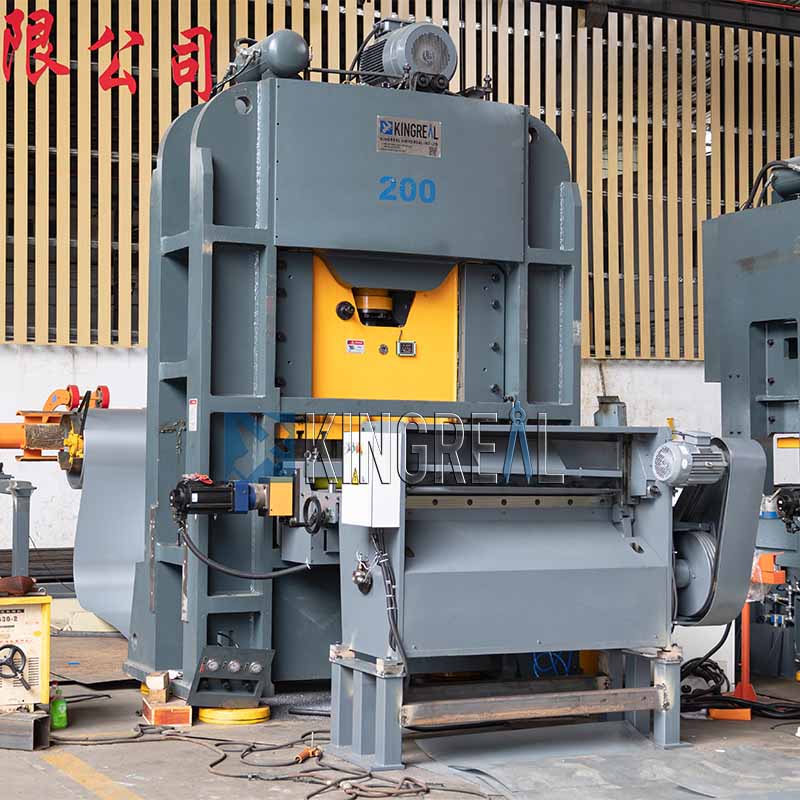
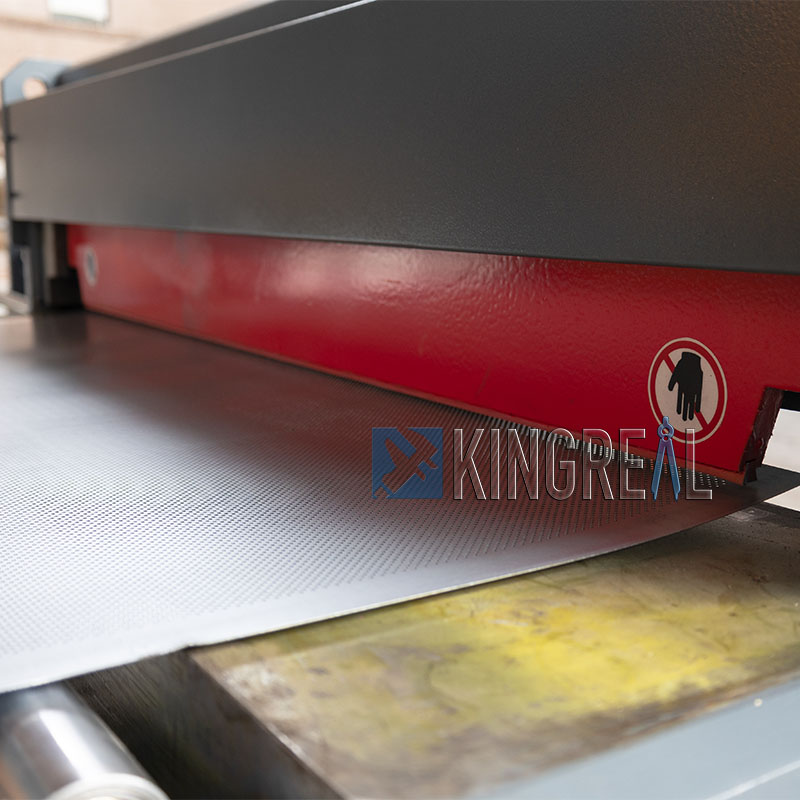
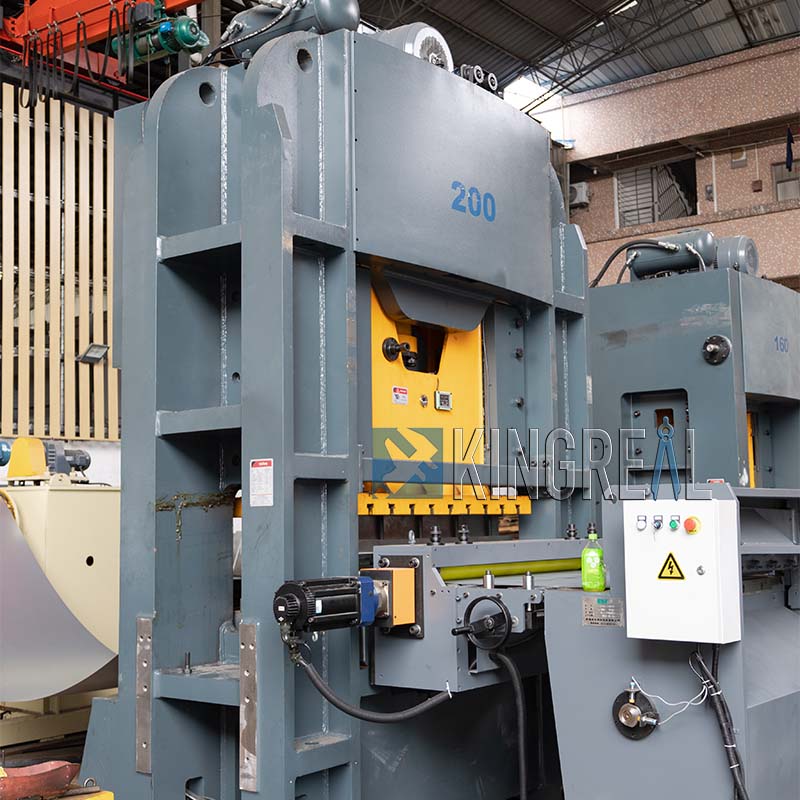
Advantages:
1. Easy operation
Hydraulic metal punch press is a machine tool based on hydraulic principle. Compared with traditional mechanical punching machine, its operation is easier. The hydraulic metal punch press is powered by hydraulic oil pump, and the transmission part is composed of oil cylinder and workbench. There is no need to rotate the crank vigorously during operation. Just press the button to operate. The hydraulic punching machine has low noise during operation and is not easy to fatigue.
2. High processing efficiency
Due to the large processing force and simple operation of hydraulic metal punch press, it can not only maintain a high processing speed but also ensure the processing quality during metal processing. Hydraulic metal punch press can also realize automatic production during the working process to improve processing efficiency.
3. High processing accuracy
The processing accuracy of hydraulic perforated punching machine can reach within 0.1 mm, which is more advantageous than traditional mechanical punching machine. Through the precise hydraulic control system, the hydraulic perforated punching machine can ensure accurate processing and small vibration generated by processing, which helps to improve processing quality and product accuracy.
4. Low maintenance cost
Hydraulic metal punch press not only has low maintenance cost, but also simple operation and maintenance. It will not produce too much metal chips during metal cutting, which helps to reduce cleaning work. The hydraulic control part adopts a closed circulation oil circuit, which is more durable than traditional mechanical metal punch press and has a longer service life.
3. Pneumatic metal punch press
Pneumatic perforated punching machine uses high-pressure gas generated by compressor, and transmits compressed gas to solenoid valve through pipeline. The foot switch is used to control the action of solenoid valve to control the operation and return of cylinder, so as to achieve the purpose of punching. Compressed air can be stored in the gas tank and can be used at any time, so there is no energy waste of idling of the motor. Using cylinder as working part and solenoid valve as control element makes the structure of pneumatic perforated punching machine simpler, with low failure rate, simple maintenance and lower maintenance cost.
Advantages:
1. Simple mechanical structure: Compared with hydraulic metal punch press, pneumatic metal punch press has simpler mechanical structures and lower maintenance costs.
2. Energy saving and environmental protection: Pneumatic perforated punching machine do not require the use of oil, which reduces pollution to the environment and saves energy costs. During operation, the energy consumption of pneumatic perforated punching machine is much lower than that of hydraulic perforated punching machine.
3. Advanced technology: Pneumatic perforated punching machines are more advanced than hydraulic perforated punching machines in terms of control systems. They are equipped with advanced PLC systems, electronic control components, etc., which make their performance more stable and easier to operate.
4. Fast speed: Pneumatic metal punch press has high working efficiency, and the punching speed can reach more than 200 times per minute. It is an ideal choice among the same type of metal punch press.
5. Low cost of use: The production cost of pneumatic perforated punching machine is relatively low, and the cost of use is also relatively low, which is suitable for small and medium-sized enterprises.
Application scope of perforated punching machine:
Perforated punching machine is mainly used for plate. Through the mold, it can punch out holes of different diameters and shapes, which are widely used in various fields. For example, we use bread trays, computer cases, even suspended metal ceiling tile, electronics, communications, home appliances, furniture, transportation, (cars, motorcycles, bicycles) hardware parts and other stamping and forming.
